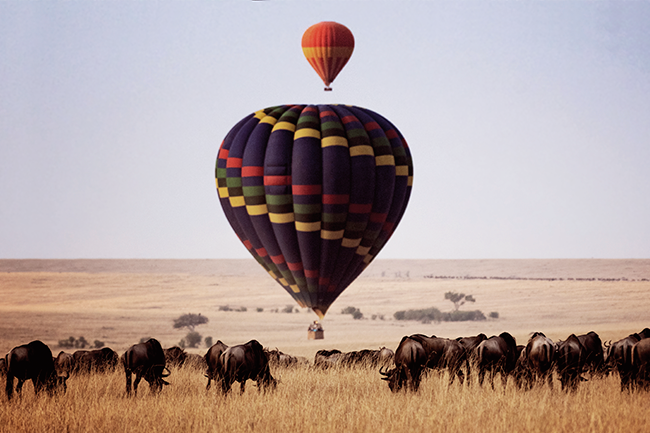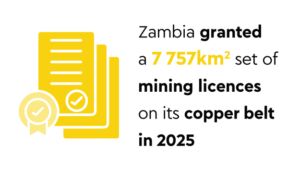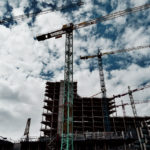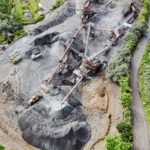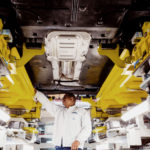The word ‘uhuru’ means ‘freedom’ in kiSwahili, the lingua franca of East Africa. Popularised by Kenya’s independence leader, Jomo Kenyatta, it is also the first name of his son, the current president of the country. While political freedom did not automatically deliver economic development, Kenya is far better positioned to achieve this today than almost all of its sub-Saharan peers.
At the end of May last year, Uhuru Kenyatta opened the 480 km Mombasa-Nairobi section of the country’s new standard gauge railway (SGR) for passenger traffic. Built with Chinese financing, the new line replaces a ramshackle structure opened by the colonial authorities in 1901. It has cut passenger travel time between the country’s two major cities from 10 hours (by bus) to about four hours and had been utilised by more than a million passengers by September 2018.
The SGR is one of several initiatives the Kenyan government is implementing to improve the conditions for doing business in the country. 2018 has seen 23 major transport, energy and power projects under way in the country. The next phase of the SGR will take it to the Ugandan border and includes the second-longest tunnel in Africa, the 4.5 km section under the Ngong Hills. There are also plans to expand four local airports and ambitions to build a second runway at Nairobi’s Jomo Kenyatta International Airport.
Lamu port on Kenya’s northern coast is the largest harbour build on the continent and is expected to play a key role in integrating northern Kenya through the Lamu Port South Sudan-Ethiopia Transport corridor. In mid-2018, it was reported that the first Lamu berth is on track for completion in December.
In energy, Kenya is lucky enough to have some of the world’s most viable geothermal power resources, located along the Rift Valley, with four operational plants at Olkaria alone. By 2030, Kenya aims for geothermal to account for 26% of the country’s electricity generation capacity.
One of Africa’s most ambitious wind energy projects – the 310 MW Lake Turkana – is the single largest private-sector investment in Kenyan history and awaits only the final testing of transmission infrastructure before feeding into the national grid.
Perhaps the standout feature of Kenya’s history since independence in 1963 is that its commitment to market economics has never wavered. While other African nations, including Kenya’s neighbours, were experimenting with communism and African socialism, the country remained committed to development driven by the private sector. This continued even through the period of de facto one-party rule from 1982 to 2002.
Kenya has also been lucky to avoid the ‘resource curse’ that afflicts so many African countries. It has never had much by way of mineral resources, which mandated a more diversified pattern of development from the start. Kenya’s biggest sectors in its economy are agriculture and services, including banking, finance and ICT but dominated by tourism.
Kenya is the third-largest exporter of cut flowers in the world. The benign climate in Kenya’s highlands around Nairobi allows for an all-year growing season, which enables the country’s 127 commercial flower farms to operate without expensive greenhouse infrastructure. The Kenyan flower industry accounts for 35% of sales in the EU.
According to the Kenya Flower Council, half a million people depend on the trade.
Kenya is the largest exporter of black tea in the world. According to the Kenya Tea Development Agency’s 2016 figures, 560 000 small-scale producers account for 60% of the country’s output. However, there have been reports of pickers living in extreme poverty and minimum wages in the industry have been controversial. Excessive wage hikes (in 2014 pickers were granted a 30% increase) have to be eased in if they are not to threaten the industry completely. The 2014 increase was cut to 16% by Kenya’s Labour Court.
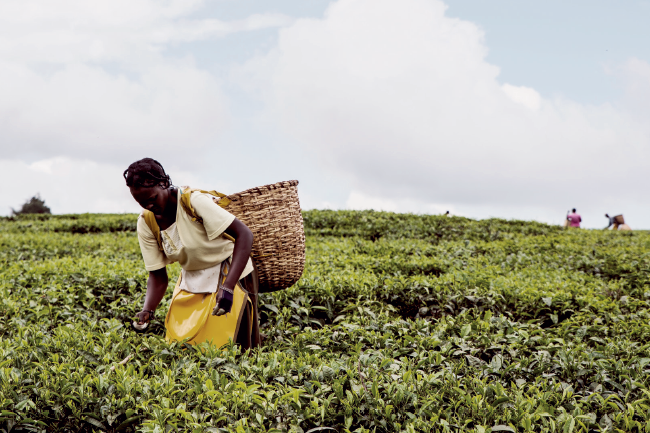
Kenya returned to multi-party democracy in 2002. While electoral contestation has been robust – even violent – the system survives and is seemingly becoming more deeply entrenched. Last year, Raila Odinga, Kenyatta’s main rival for the presidency, boycotted the second round of the presidential election, saying the process was rigged.
The courts had ordered a rerun after ruling that Kenyatta’s victory in the first round, in August, had been marred by irregularities. But in March this year the two leaders were publicly reconciled and Odinga has been supportive of Kenyatta’s economic development plans in recent months.
The president has promised to deliver on the ‘big four’ priority sectors in development. First, he intends supporting key subsectors in manufacturing – the blue (ocean) economy, agro-processing, leather and textiles. Kenya has one of the biggest manufacturing sectors in sub-Saharan Africa but it has been shrinking in recent years, down from 11% (of GDP) in 2013 to 8.4% in 2017. KPMG Kenya argues that it is more important to focus on the country’s vibrant services sector.
‘The working-age population in the country is growing, which contributes to the positive growth outlook over the long term. The country’s diverse economy and the thriving services sector is expected to be able to accommodate this workforce,’ it says.
The other three elements of Kenyatta’s ‘big four’ are affordable housing, affordable healthcare and food security. Kenyatta hopes to have half a million more Kenyans owning their homes by the end of his term of office in 2022. He intends having all Kenyans provided with medical cover by 2022. Food security is to be enhanced by irrigation schemes and improved access to land for smallholders although the government says it will continue to encourage large-scale commercial farming.
Kenya is the cornerstone of the East and Central African regions. Its banking, financial services, ICT and transport capacities dominate these parts of the continent. The country’s economy has grown dramatically at times – although the 1990s were a ‘lost decade’ – with growth at 5.7% for the first quarter of 2018. The World Bank predicts 5.8% growth for the year and 6.1% for 2019. These numbers, the bank says, are dependant on completion of ongoing infrastructure projects, the resolution of slow credit growth, the strengthening of the global economy and tourism.
Kenya’s market-friendly infrastructure-led growth ambitions naturally cost money and this presents a hurdle in the immediate future. It takes time for the multipliers from infrastructure to play through and in the meantime there are costs to be borne. Chinese capital is regarded as promising a great deal for Africa.
Yet Kenya is already the third-largest holder of Chinese debt on the continent, behind only Angola and Ethiopia. While 2017 saw a rise in foreign direct investment (FDI) of 71%, according to UN figures, the previous five years saw a marked decline. KPMG Kenya notes that, in 2016, FDI was less than half that expected by the Kenya Investment Authority, a problem it attributed to global economic factors, especially Brexit.
The country turned to the IMF for solutions and was granted a standby credit facility of almost US$1 billion. But this was contingent on Kenya cutting government spending and raising more taxes domestically. Although the government hiked fuel taxes by 8%, this was not enough to meet the IMF’s targets. The facility was withdrawn in June, leaving the economy vulnerable to external shocks.
Both Kenyatta and Odinga know that future infrastructure plans – such as the second runway at Nairobi airport and the six-lane Mombasa-Nairobi freeway – will not get off the ground unless Kenya’s finances are placed on a stable footing. The World Bank has argued that ‘Kenya has the potential to be one of Africa’s success stories with its growing youthful population, a dynamic private sector, highly skilled workforce, improved infrastructure, a new constitution and its pivotal role in East Africa’. The prospects hinge – to an unusually large degree – on maintaining political consensus.
The agreement between the two major parties over Kenya’s overall development direction is thus good news, as is the out-break of harmony in 2018. If this can be maintained, Kenya can be expected to surge ahead. If that happens, uhuru will truly be achieved.

